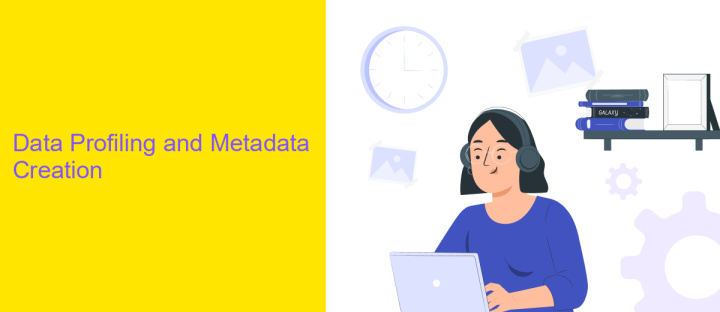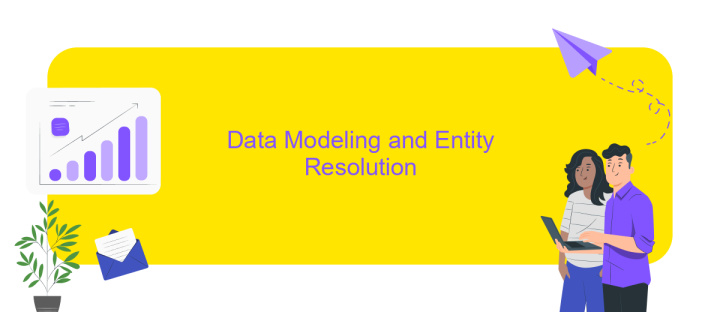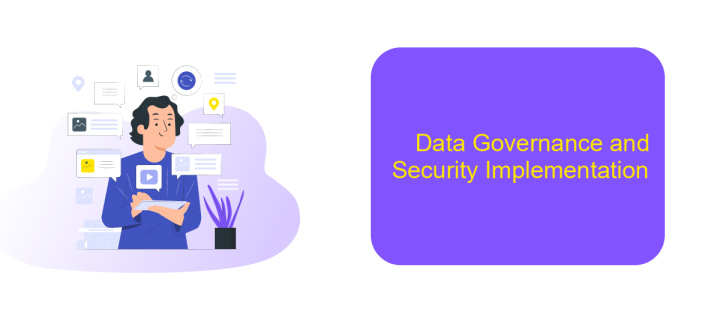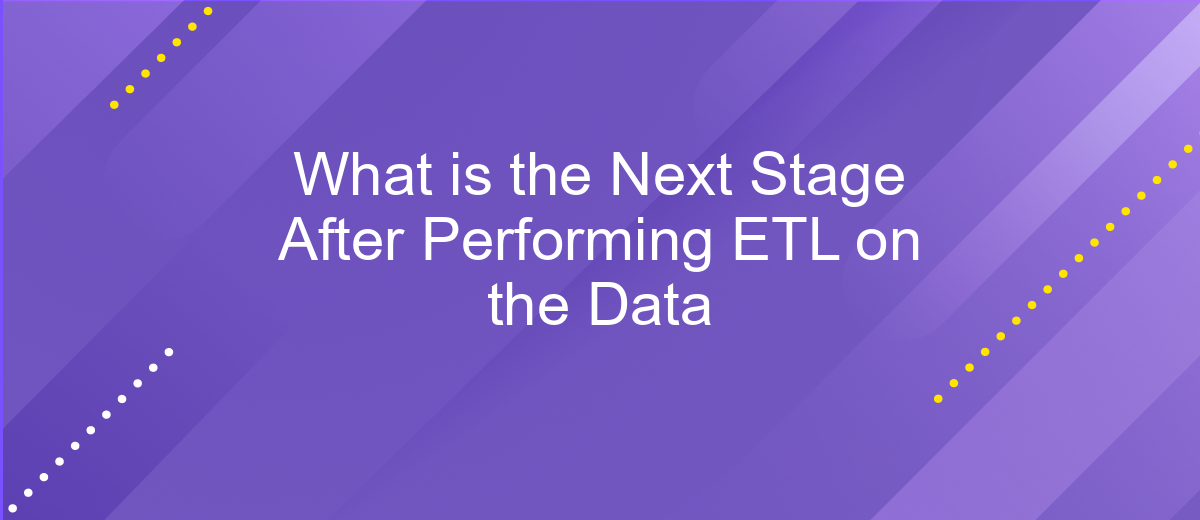What is the Next Stage After Performing ETL on the Data
After successfully executing the Extract, Transform, Load (ETL) process, the next crucial stage involves data analysis and utilization. This phase focuses on transforming raw data into actionable insights through various analytical techniques, enabling informed decision-making. By leveraging data visualization, machine learning, and other advanced tools, organizations can unlock the full potential of their data to drive business growth and innovation.
Data Quality Assessment and Validation
After performing ETL on the data, the next crucial step is to assess and validate its quality. This ensures that the data is accurate, consistent, and reliable for further analysis and decision-making processes.
- Completeness: Ensuring all necessary data is present.
- Consistency: Checking for uniformity in data formats and values.
- Accuracy: Verifying the correctness of the data.
- Timeliness: Confirming the data is up-to-date.
- Uniqueness: Ensuring no duplicate records exist.
Various tools and services can facilitate this process. For instance, ApiX-Drive offers seamless integration capabilities to automate data validation workflows. By incorporating such services, organizations can streamline the data quality assessment process, ensuring that the data is fit for purpose before it is utilized in downstream applications.
Data Profiling and Metadata Creation

After completing the ETL process, the next critical step is data profiling and metadata creation. Data profiling involves analyzing the data to understand its structure, content, and relationships. This step helps in identifying data quality issues, such as inconsistencies, duplicates, and missing values. By thoroughly examining the data, you can ensure that it meets the necessary standards and is ready for further analysis or integration into other systems.
Metadata creation, on the other hand, involves generating descriptive information about the data, such as its source, format, and usage guidelines. This metadata is essential for maintaining data governance and ensuring that users can easily understand and utilize the data. Tools like ApiX-Drive can facilitate this process by automating the integration and profiling of data from various sources, making it easier to create comprehensive metadata. Proper data profiling and metadata creation are vital for maintaining data integrity and enabling efficient data management and utilization.
Data Modeling and Entity Resolution

After performing ETL on the data, the next crucial step is data modeling and entity resolution. Data modeling involves structuring and organizing the data into a coherent format that can be easily queried and analyzed. This process helps in creating a clear schema that represents the relationships between different data entities, ensuring data integrity and efficiency in retrieval.
- Identify key entities and their attributes.
- Define relationships between entities.
- Normalize the data to reduce redundancy.
- Implement indexing for faster query performance.
Entity resolution, on the other hand, focuses on identifying and merging duplicate records across different data sources. This step ensures that each entity is uniquely represented in the dataset. Tools like ApiX-Drive can facilitate this process by integrating various data sources and automating the resolution of duplicate entries. By leveraging such services, organizations can maintain a clean and accurate dataset, which is essential for reliable analysis and decision-making.
Data Governance and Security Implementation

After performing ETL on the data, the next crucial step involves implementing robust data governance and security measures. Effective data governance ensures that data is accurate, consistent, and accessible, while security measures protect it from unauthorized access and breaches. This dual approach is essential for maintaining data integrity and compliance with regulatory requirements.
Data governance involves establishing policies, procedures, and standards for data management. It includes defining roles and responsibilities, data stewardship, and data quality management. Security implementation, on the other hand, focuses on safeguarding data through encryption, access controls, and monitoring systems.
- Define data ownership and stewardship roles.
- Implement data quality management processes.
- Establish data access controls and encryption protocols.
- Regularly audit and monitor data usage and security.
Tools like ApiX-Drive can facilitate seamless integration of various data sources and automate data workflows, ensuring that data governance and security protocols are consistently applied across the organization. By leveraging such tools, businesses can enhance their data management capabilities and ensure that their data remains secure and compliant.
Data Consumption and Visualization
Once ETL (Extract, Transform, Load) processes have been successfully executed, the next crucial phase involves data consumption and visualization. This stage is essential for transforming raw data into actionable insights. Tools like Tableau, Power BI, and Looker can be employed to create interactive dashboards and reports, enabling stakeholders to make informed decisions. These visualizations help in identifying trends, patterns, and anomalies within the data, providing a clearer understanding of the business landscape.
Integrating various data sources and ensuring seamless data flow is vital for effective visualization. Services like ApiX-Drive facilitate this by automating data transfer between different platforms, ensuring that the data is up-to-date and accurate. ApiX-Drive allows for easy setup of integrations without requiring extensive technical knowledge, making it accessible for a wide range of users. By leveraging such services, organizations can streamline their data consumption processes, ultimately enhancing the overall efficiency of their data-driven strategies.
FAQ
What is the Next Stage After Performing ETL on the Data?
How can I automate the process of moving data to the next stage after ETL?
What are some common tools used for data analysis after ETL?
Why is it important to validate data after the ETL process?
Can ETL processes be integrated with real-time data processing?
Strive to take your business to the next level, achieve your goals faster and more efficiently? Apix-Drive is your reliable assistant for these tasks. An online service and application connector will help you automate key business processes and get rid of the routine. You and your employees will free up time for important core tasks. Try Apix-Drive features for free to see the effectiveness of the online connector for yourself.

